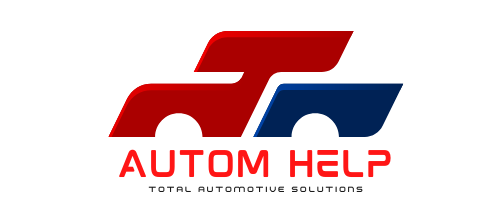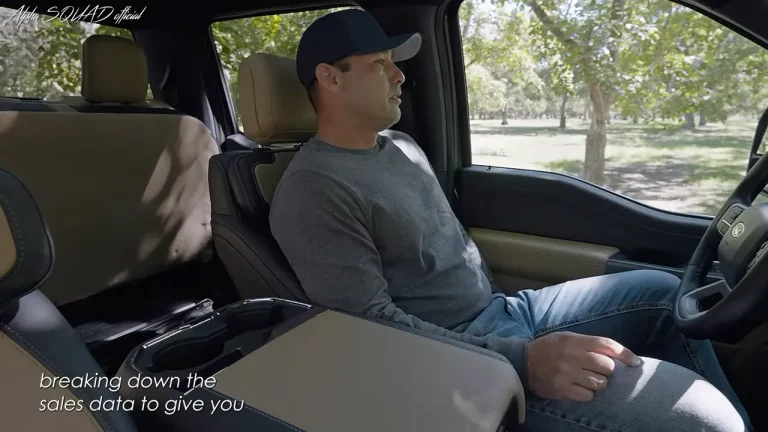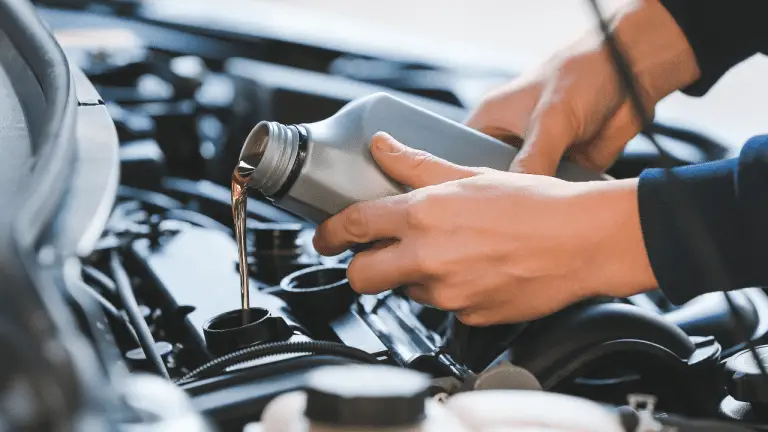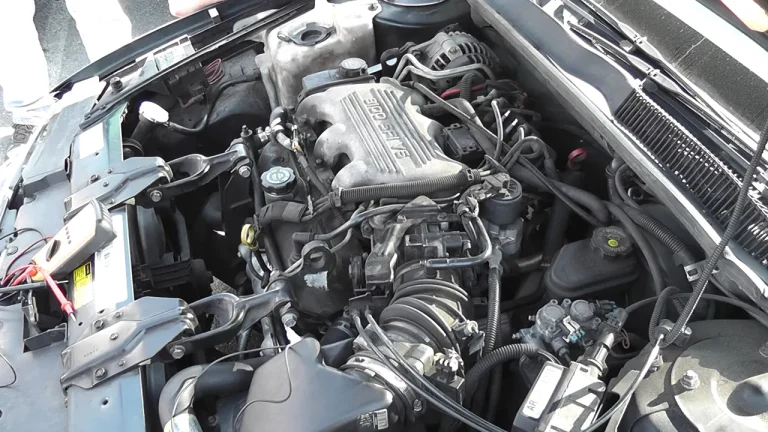Hose Clamp Size Chart (Proper Hose Clamp Selection)
When it comes to securing hoses in automotive systems, the proper selection and sizing of hose clamps are crucial. A hose clamp is a small but essential component that ensures a tight and leak-free connection between hoses and fittings. However, finding the right size clamp for your specific application can be a daunting task, given the variety of hose sizes and clamp options available.
To simplify this process and help you make the right choice, we present the Hose Clamp Size Chart: A Comprehensive Guide for Proper Hose Clamp Selection. This article serves as your go-to resource for understanding hose clamps, their importance, and most importantly, selecting the correct clamp size.
In this guide, we will explain the different types of hose clamps commonly used in automotive systems, discuss the significance of choosing the right clamp size, and provide valuable tips for proper hose clamp selection. Additionally, we have included a comprehensive hose clamp size chart that categorizes clamp sizes based on hose diameter ranges, making it easier for you to identify the ideal clamp for your needs.
Whether you are a DIY enthusiast or a professional mechanic, this article will equip you with the knowledge and tools necessary to ensure secure connections and prevent leaks in your automotive hoses. Let’s dive into the world of hose clamp sizes and make your hose installations a breeze!
What is Hose Clamps
Hose clamps play a crucial role in securing hoses to fittings and preventing leaks in various systems. They are designed to provide a tight and reliable connection, ensuring proper fluid flow and system integrity. Here’s a closer look at hose clamps and their functionality:
1. Definition and Function
– Hose clamps, also known as hose clips or hose fasteners, are mechanical devices used to secure hoses onto fittings or connections.
– They exert pressure around the circumference of the hose, creating a tight seal and preventing leakage or disconnection.
2. Types of Hose Clamps
– Worm Gear Clamps: These are the most common type of hose clamps and consist of a metal band with a screw mechanism that tightens the clamp around the hose.
– Spring Clamps: These clamps have a spring-like design and provide constant pressure on the hose, maintaining a secure connection.
– T-Bolt Clamps: T-bolt clamps have a bolt-and-nut system that allows for precise and strong clamping force, often used in high-pressure applications.
– Ear Clamps: Also known as Oetiker or stepless clamps, they feature a single piece of metal with a series of inward-facing “ears” that grip the hose tightly.
3. Materials and Construction
– Hose clamps are typically made from various materials, including stainless steel, carbon steel, or plastic.
– Stainless steel clamps are widely used due to their resistance to corrosion and durability.
4. Application Areas
– Hose clamps are utilized in a wide range of industries and applications, such as automotive systems, plumbing, irrigation, HVAC, and industrial machinery.
– They secure hoses in cooling systems, fuel systems, intake and exhaust systems, water lines, and more.
Importance of Proper Hose Clamp Sizing
Choosing the correct size of hose clamp is of utmost importance for maintaining the integrity and functionality of your hose connections. Here are some key reasons why proper hose clamp sizing is crucial:
1. Secure Hose Connections
– Properly sized hose clamps ensure a tight and secure connection between hoses and fittings. They prevent leaks, slippage, and disconnections that could lead to system failure or inefficiency.
2. Prevent Fluid Leakage
– When a hose clamp is too loose or too tight, it can compromise the seal and allow fluid to leak out. This can result in loss of coolant, fuel, or other important fluids, leading to performance issues, potential damage, and safety hazards.
3. Maintain System Efficiency
– A correctly sized hose clamp ensures that the hose remains properly positioned and securely attached. This promotes efficient fluid flow, allowing systems to function optimally without restrictions or interruptions.
4. Extend Hose Life
– Hose clamps that are too tight can cause excessive pressure on the hose, leading to deformation or damage over time. Conversely, loose clamps can allow hoses to shift or vibrate, causing abrasion and wear. Properly sized clamps help maintain the integrity and longevity of the hose.
5. Reduce Maintenance and Repair Costs
– Using the correct size of hose clamp minimizes the risk of leaks, system malfunctions, and hose damage. This helps to avoid costly repairs or replacements, saving you time and money in the long run.
6. Ensure Safety
– Secure hose connections are essential for safety, especially in critical systems like brake lines or fuel lines. Properly sized clamps help prevent accidents, leaks, and potential hazards associated with fluid leakage.
Factors to Consider When Choosing Hose Clamps
Selecting the right hose clamp involves considering several factors to ensure a secure and effective connection. Here are some key factors to keep in mind when choosing hose clamps:
1. Hose Diameter
– The size of the hose is a crucial factor in determining the appropriate clamp size. Measure the outer diameter of the hose accurately to ensure a proper fit.
2. Operating Pressure and Temperature
– Consider the maximum pressure and temperature conditions the hose will be subjected to. Choose hose clamps that can withstand these conditions without deformation or failure.
3. Material Compatibility
– Ensure that the hose clamp material is compatible with the hose material and the fluid or substance being conveyed. Different materials may react chemically or corrode when in contact with certain fluids.
4. Application Environment
– Evaluate the environmental conditions in which the hose and clamp will be used. Factors such as exposure to moisture, chemicals, UV rays, or extreme temperatures may influence the choice of clamp material and coating.
5. Clamp Type
– Assess the specific requirements of your application to determine the most suitable clamp type. Consider factors such as ease of installation, adjustment, and accessibility for future maintenance or replacements.
6. Installation Method
– Different types of hose clamps require different installation methods. Consider the tools or equipment needed for installation and ensure they are readily available.
7. Industry Standards and Regulations
– Depending on the application, there may be industry-specific standards or regulations that dictate the use of certain types or sizes of hose clamps. Ensure compliance with these standards to meet safety and performance requirements.
8. Ease of Adjustment
– In some cases, hoses may require periodic adjustments or tightening. Consider choosing clamps that allow for easy adjustment without damaging the hose.

Car Hose Clamp Size Chart
A car hose clamp size chart serves as a valuable reference tool for selecting the correct clamp size for various automotive applications. Here’s an overview of how a car hose clamp size chart is typically organized:
1. Hose Diameter Ranges
– The chart categorizes hose clamp sizes based on the range of hose diameters they are designed to fit. These diameter ranges are usually indicated in inches or millimeters.
2. Clamp Sizes
– Within each hose diameter range, the chart lists the corresponding clamp sizes available. These sizes are typically denoted by a numerical value or a combination of letters and numbers.
3. Clamp Type Identification
– The chart may specify the type of clamp alongside the size. This helps users identify the appropriate clamp style for their specific application, such as worm gear clamps, spring clamps, or T-bolt clamps.
4. Additional Information
– Some car hose clamp size charts may provide additional details, such as the recommended torque specifications for tightening the clamps or specific applications where certain clamp sizes are commonly used.
5. Visual Reference
– A car hose clamp size chart may include visual representations of different clamp types, allowing users to easily identify the clamp style and understand its construction.
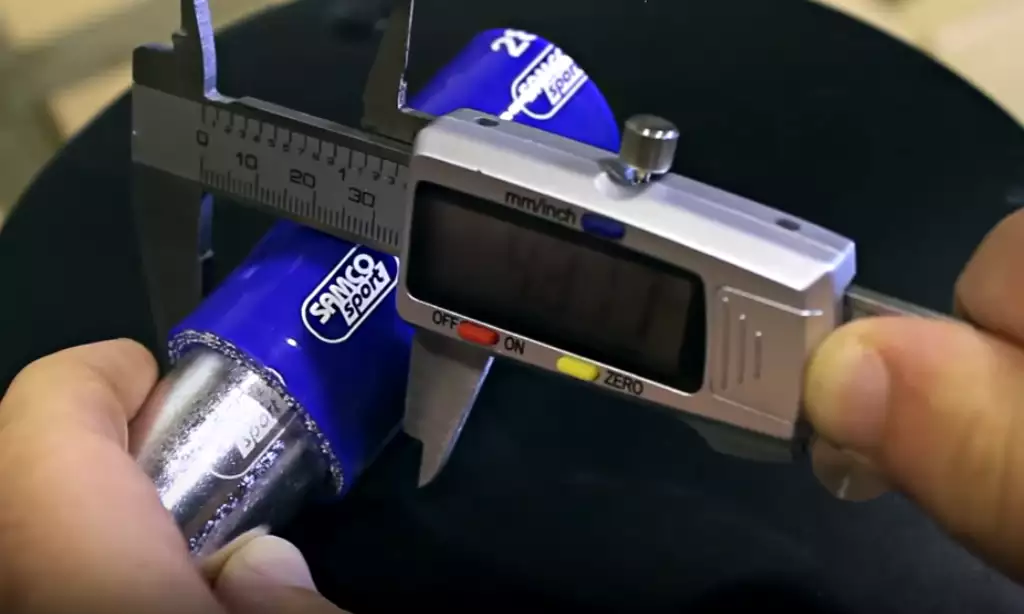
How to Measure Hose Diameter
Accurately measuring the diameter of a hose is essential for selecting the appropriate clamp size. Here’s a step-by-step guide on how to measure hose diameter:
1. Gather the Necessary Tools
– You will need a measuring tape or a caliper to measure the hose diameter. Ensure that the measuring tool is suitable for the size of the hose you are working with.
2. Identify the Measurement Area
– Locate the section of the hose where you will take the measurement. Ideally, choose a straight section of the hose without any bends or fittings.
3. Determine the Measurement Method
– There are two common methods for measuring hose diameter: inside diameter (ID) and outside diameter (OD). Check whether the hose manufacturer specifies which measurement to use. If not, follow the method that is most convenient for you.
4. Inside Diameter (ID) Measurement
– For inside diameter measurement, insert the measuring tape or caliper into one end of the hose until it touches the inner wall. Extend the measuring tool across the inside diameter of the hose, ensuring it remains parallel to the hose walls. Take note of the measurement.
5. Outside Diameter (OD) Measurement
– For outside diameter measurement, place the measuring tape or caliper around the exterior of the hose, encircling it completely. Ensure the measuring tool is snug against the outer wall of the hose without compressing or deforming it. Record the measurement.
6. Record and Confirm the Measurement
– Write down the measured diameter, specifying whether it is the inside diameter (ID) or outside diameter (OD) measurement. Double-check the accuracy of the measurement to avoid any errors.
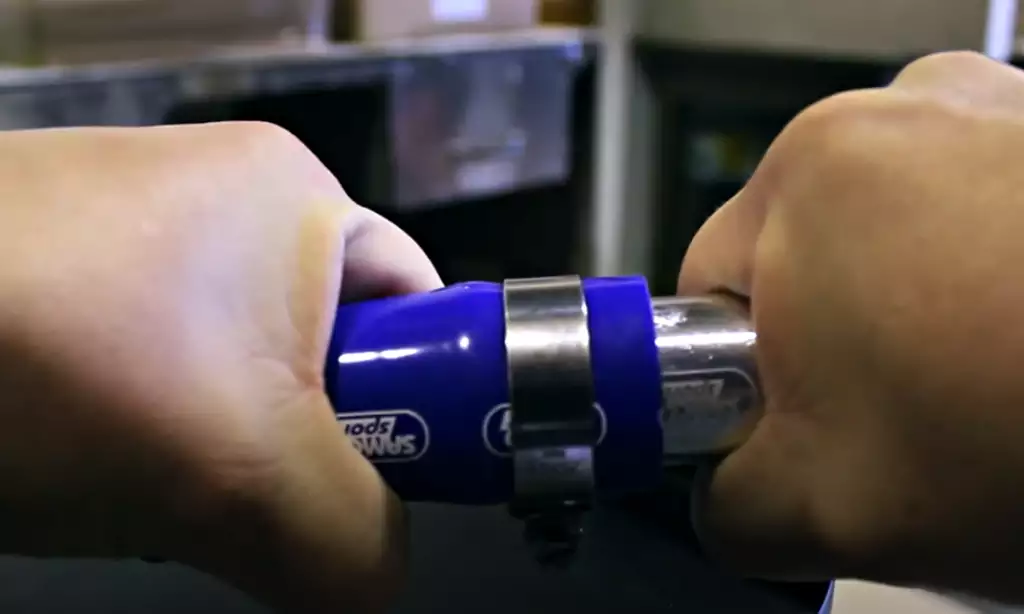
Tips for Selecting the Right Hose Clamp Size
Choosing the correct hose clamp size is crucial for ensuring a secure and leak-free connection. Here are some tips to help you select the right hose clamp size for your specific application:
1. Measure the Hose Diameter
– Accurately measure the diameter of the hose using a measuring tape or caliper. Take note of whether the measurement refers to the inside diameter (ID) or outside diameter (OD) of the hose.
2. Consult the Manufacturer’s Guidelines
– Refer to the hose manufacturer’s specifications or guidelines to determine the recommended clamp size for the specific hose diameter. Manufacturers often provide clamp size recommendations based on the hose dimensions.
3. Refer to a Hose Clamp Size Chart
– Utilize a hose clamp size chart that categorizes clamp sizes based on the range of hose diameters. Cross-reference the measured hose diameter with the corresponding clamp size on the chart to identify the appropriate clamp.
4. Consider the Clamp Type
– Different types of hose clamps may have specific size requirements. Ensure that the selected clamp size is compatible with the clamp type you intend to use. Consider factors such as the clamp’s adjustability and its ability to provide adequate pressure for the application.
5. Allow for Hose Expansion
– Take into account the potential expansion of the hose when under pressure or at elevated temperatures. Choose a clamp size that allows for the expansion of the hose without compromising the seal.
6. Consider the Application Requirements
– Evaluate the specific application requirements, such as the maximum operating pressure and temperature, the type of fluid being conveyed, and any industry-specific standards or regulations that may influence clamp selection.
7. Seek Professional Advice
– If you are unsure about the appropriate clamp size for your application or if you have complex or specialized requirements, consult a professional, such as a mechanic or hose supplier, who can provide expert guidance and ensure proper clamp selection.
Frequently Asked Questions
Q1: How do I use a hose clamp size chart?
A1: To use a hose clamp size chart, measure the diameter of your hose and find the corresponding diameter range on the chart. Then, locate the appropriate clamp size within that range. It is essential to ensure a proper fit by using the correct hose diameter measurement and referring to the chart accurately.
Q2: Can I use any clamp size within the diameter range listed on the chart?
A2: It is recommended to choose a clamp size that closely matches the diameter of your hose within the specified range. Selecting a clamp size that is too large or too small can result in an improper seal and compromised performance.
Q3: What if my hose diameter falls between two sizes on the chart?
A3: In cases where your hose diameter falls between two sizes, it is generally advisable to select the smaller size. This allows for a snug fit and a better seal. However, it’s always best to consult the manufacturer’s recommendations or seek professional advice if you are unsure.
Q4: Are hose clamp size charts universal?
A4: While hose clamp size charts provide general guidance, they may vary slightly depending on the manufacturer or source. It’s important to use a chart specific to the brand or type of clamp you are working with and cross-reference it with the manufacturer’s guidelines.
Q5: Can I use the same clamp size for different types of hoses?
A5: The clamp size required may vary depending on the type and thickness of the hose. It is crucial to consider the specific characteristics and recommendations for each type of hose. Different hoses may require different clamp sizes to ensure a proper and secure connection.
Q6: Can I rely solely on a hose clamp size chart for selecting the right clamp?
A6: While hose clamp size charts are useful references, it is recommended to also consider other factors such as operating conditions, material compatibility, and specific application requirements. Consulting the manufacturer’s guidelines or seeking professional advice can provide additional assurance.
Q7: Are hose clamp size charts available online?
A7: Yes, many manufacturers and suppliers provide hose clamp size charts on their websites. Additionally, you can find general hose clamp size charts from reputable sources online. However, always ensure that the chart is from a reliable and trusted source to ensure accuracy.
- Why Are My Car Headlights Not Bright Enough? - May 9, 2024
- How Long Can You Drive With An EVAP Leak? - May 9, 2024
- What Does B Stand for in a Car? [Full Guide] - May 9, 2024
